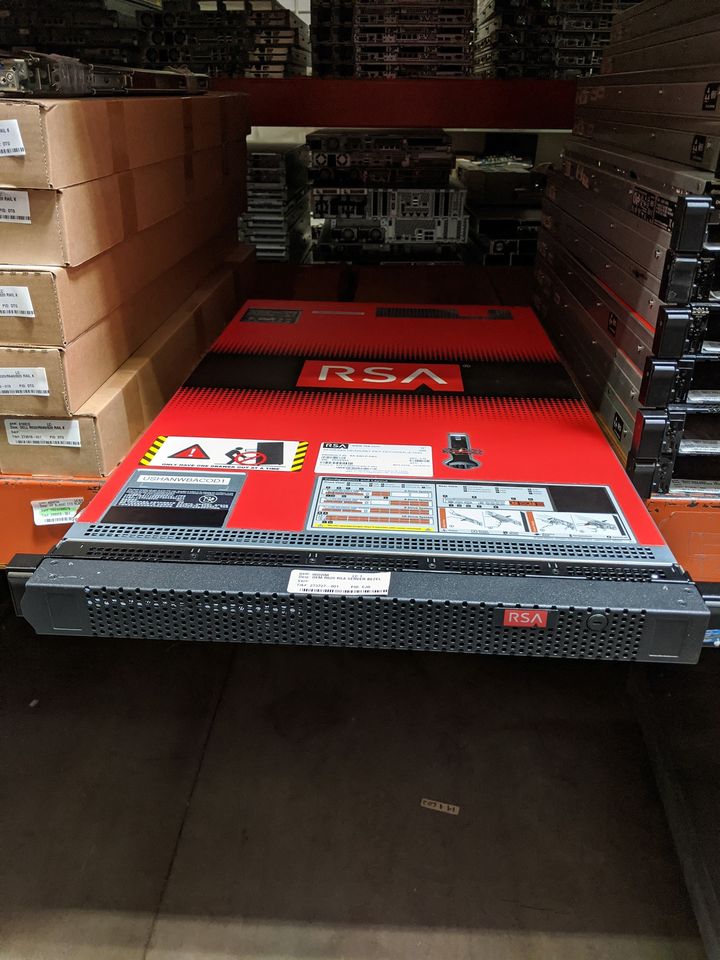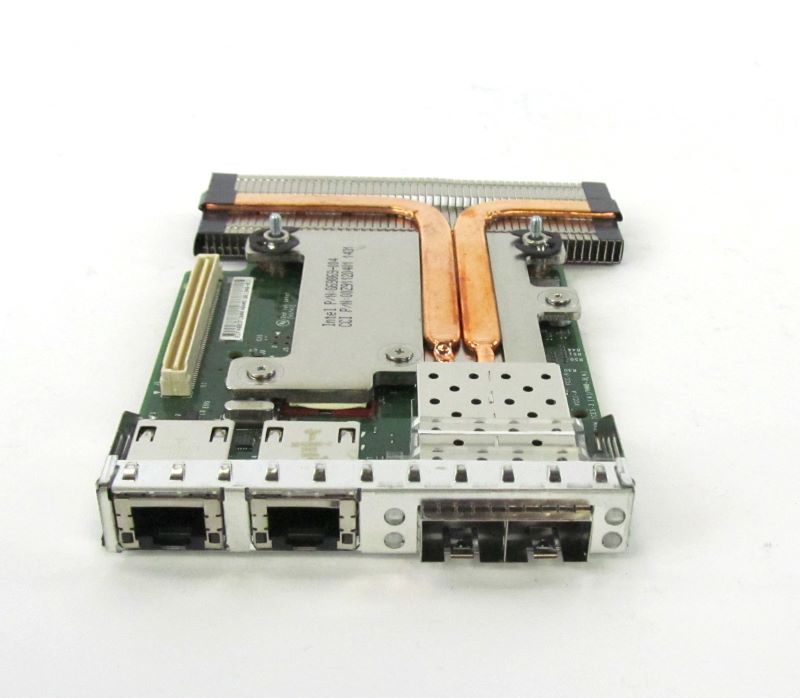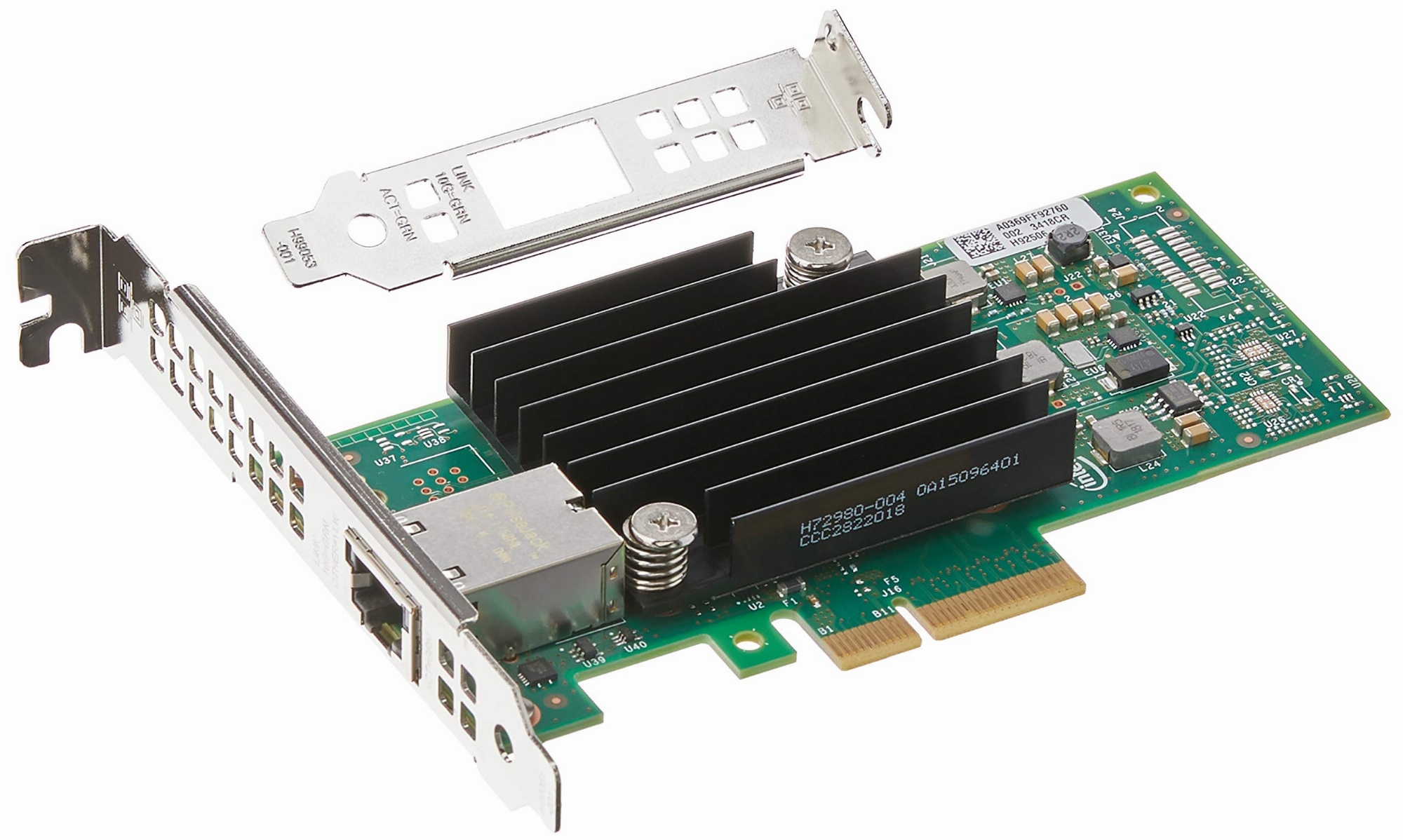blackmomba
Gawd
- Joined
- Dec 5, 2018
- Messages
- 774
I've been wanting to repurpose some old hardware into a pfSense box for the longest time but I've gotten to the point where I don't have anything much that doesn't serve a purpose 
I haven't got any leftover chips with AES-NI and the only board I've got is an M3A78-EM which is working but ancient. Ive got some DDR4 though, a power supply, an mATX case.
I'm suffering from a lack of inspiration so I thought I'd start this thread knowing there's a lot of creative folks on here... So share your pfSense rigs!
I haven't got any leftover chips with AES-NI and the only board I've got is an M3A78-EM which is working but ancient. Ive got some DDR4 though, a power supply, an mATX case.
I'm suffering from a lack of inspiration so I thought I'd start this thread knowing there's a lot of creative folks on here... So share your pfSense rigs!
![[H]ard|Forum](/styles/hardforum/xenforo/logo_dark.png)



